Supply Chain Cybersecurity – CISO Risk Management Guide
In today’s hyper-connected business environment, supply chains are no longer just about the physical movement of goods they are digital ecosystems linking organizations, suppliers, partners, and service providers. This interdependence brings efficiency and innovation, but also introduces significant cybersecurity risks. Attackers increasingly target supply chains, exploiting the weakest links to infiltrate even the most secure […] The post Supply Chain Cybersecurity – CISO Risk Management Guide appeared first on Cyber Security News.

In today’s hyper-connected business environment, supply chains are no longer just about the physical movement of goods they are digital ecosystems linking organizations, suppliers, partners, and service providers.
This interdependence brings efficiency and innovation, but also introduces significant cybersecurity risks. Attackers increasingly target supply chains, exploiting the weakest links to infiltrate even the most secure organizations.
For Chief Information Security Officers (CISOs), managing these risks is a complex, high-stakes responsibility.
It’s not just about protecting the organization’s infrastructure, but also about ensuring that every partner, vendor, and third-party entity in the supply chain adheres to strict cybersecurity standards.
As regulatory scrutiny intensifies and cyber threats grow more sophisticated, CISOs must adopt a proactive, strategic approach to supply chain cybersecurity risk management, making it a boardroom priority and an integral part of organizational resilience.
Understanding the Expanding Attack Surface
Supply chain cybersecurity has evolved from a technical concern to a critical business risk. Modern supply chains often span continents and involve hundreds or even thousands of third-party vendors, each with their security postures and vulnerabilities.
Attackers have recognized that breaching a less secure supplier can be the easiest way to compromise a well-defended target. Recent high-profile incidents have shown that supply chain attacks can lead to data breaches, operational disruptions, and significant financial losses.
The interconnectedness of digital systems means that a single compromised vendor can have a cascading effect, impacting multiple organizations downstream.
For CISOs, this means that traditional perimeter-based security is no longer sufficient. Instead, a holistic approach must be taken that considers every entity with access to critical systems or data as a potential risk vector.
This expanding attack surface requires technical controls, robust governance, continuous monitoring, and a culture of security awareness that extends beyond organizational boundaries.
Key Strategies for Supply Chain Risk Mitigation
To effectively manage supply chain cybersecurity risks, CISOs must implement a multi-layered strategy addressing technical and organizational challenges. Here are five essential tactics:
- Supplier Risk Assessment and Segmentation:
Begin by mapping out all third-party relationships and categorizing suppliers based on their level of access and criticality to business operations. This will allow for prioritizing security efforts on high-risk vendors and ensure that resources are allocated effectively. - Contractual Security Requirements:
Incorporate clear cybersecurity clauses into vendor contracts, including requirements for compliance with recognized standards (such as ISO 27001 or SOC 2), regular security assessments, and timely incident reporting. This will set expectations and provide leverage for enforcement. - Continuous Monitoring and Threat Intelligence:
Utilize automated tools to monitor vendor networks for suspicious activity, vulnerabilities, or breaches. Integrate threat intelligence feeds to stay informed about emerging risks related to specific suppliers or industry sectors. - Third-Party Incident Response Integration:
Develop joint incident response plans with key suppliers, clearly defining roles, responsibilities, and communication channels. Regularly test these plans through tabletop exercises to identify gaps and improve coordination. - Regulatory Compliance and Governance:
Stay abreast of evolving regulations that impact supply chain cybersecurity, such as NIS2, DORA, and sector-specific mandates. Establish a governance framework that includes regular audits, board-level reporting, and cross-functional collaboration between IT, procurement, and legal teams.
By implementing these strategies, CISOs can build a more resilient supply chain that reduces risk and demonstrates due diligence to regulators, customers, and business partners.
The key is to move beyond checkbox compliance and foster a culture of continuous improvement and shared responsibility.
Leading a Culture of Cyber Resilience
Building a secure supply chain is not a one-time project—it’s an ongoing journey that demands leadership, collaboration, and adaptability.
CISOs must position themselves as business enablers, guiding the organization to view cybersecurity not as a barrier but as a competitive advantage.
This starts with embedding cybersecurity considerations into every stage of the supplier lifecycle, from onboarding to offboarding.
Leadership engagement is crucial: CISOs should regularly brief the executive team and board on supply chain risks, translating technical findings into business impacts such as potential downtime, reputational damage, or regulatory penalties.
By making cybersecurity a standing agenda item at the highest levels, organizations can ensure that risk management receives the attention and resources it deserves.
Equally important is fostering a culture of transparency and shared responsibility. This means encouraging open communication about vulnerabilities, near-misses, and lessons learned within the organization and with key suppliers.
Establishing channels for sharing threat intelligence and best practices can help strengthen defenses across the entire ecosystem.
Continuous education is vital: all employees who interact with suppliers should receive regular training on secure data handling, phishing recognition, and incident reporting.
This empowers staff to act as the first line of defense and reduces the likelihood of human error leading to a breach.
- Leadership Engagement:
Regularly present supply chain risk assessments and incident updates to senior management, emphasizing potential breaches’ financial and operational implications. - Continuous Improvement:
Use metrics and post-incident reviews to refine policies and controls, ensuring the supply chain security program evolves in response to new threats and business changes.
Ultimately, the CISO’s role is to champion a proactive, adaptive approach to supply chain cybersecurity that aligns technical controls with organizational goals and builds trust with partners and customers alike.
By leading from the front and embedding security into the business’s fabric, CISOs can turn supply chain risk management into a source of strategic strength and resilience.
Find this News Interesting! Follow us on Google News, LinkedIn, & X to Get Instant Updates!
The post Supply Chain Cybersecurity – CISO Risk Management Guide appeared first on Cyber Security News.





















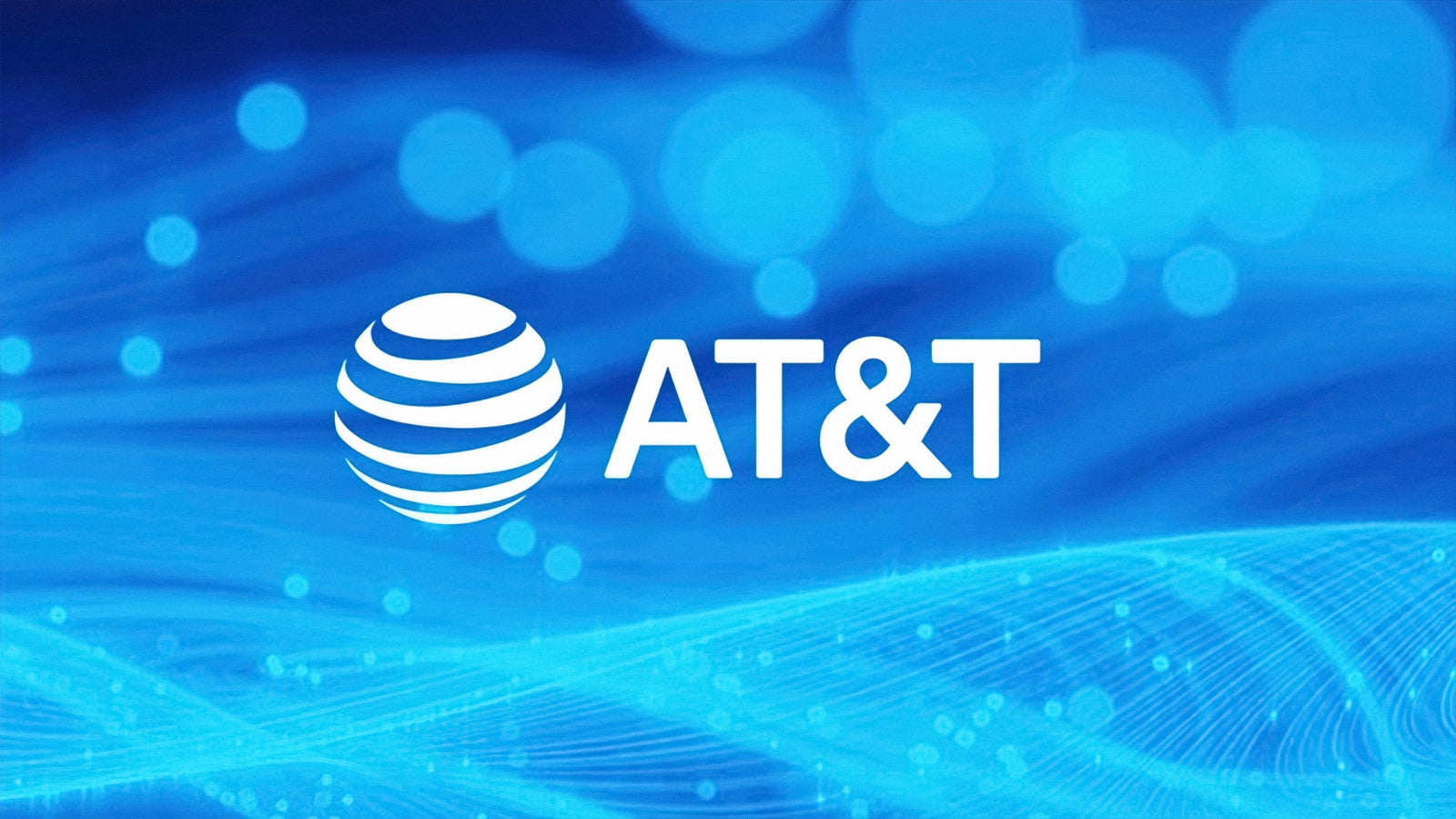

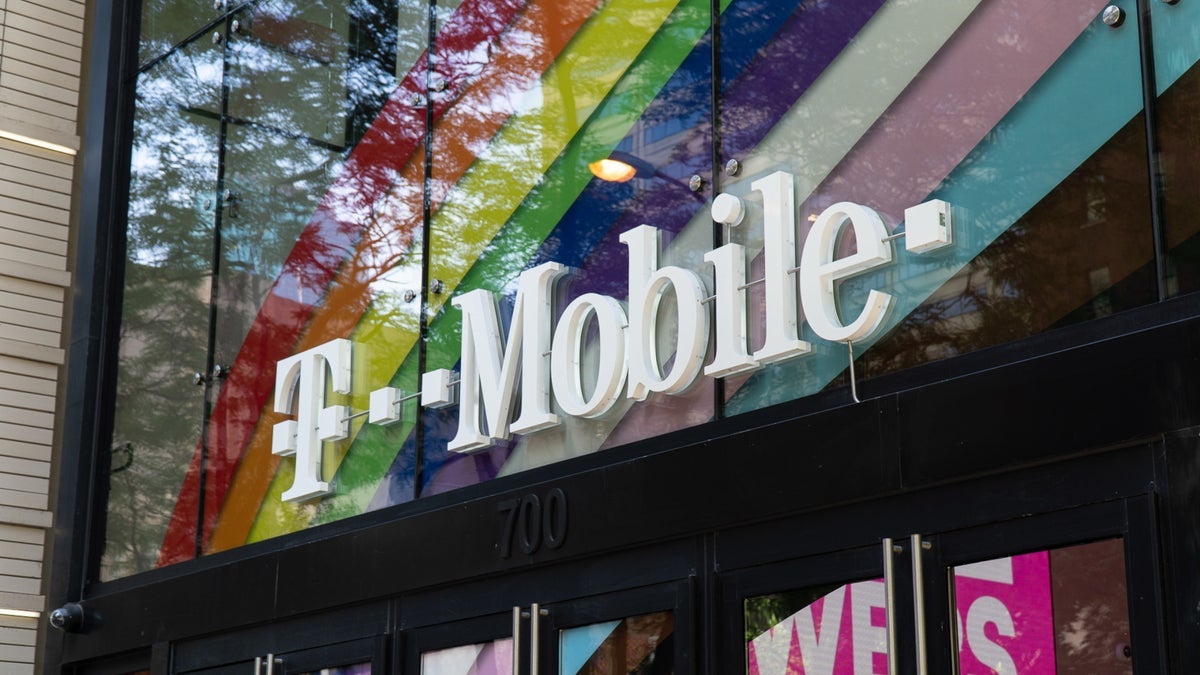





















































![Apple Ships 55 Million iPhones, Claims Second Place in Q1 2025 Smartphone Market [Report]](https://www.iclarified.com/images/news/97185/97185/97185-640.jpg)













![Android Auto light theme surfaces for the first time in years and looks nearly finished [Gallery]](https://i0.wp.com/9to5google.com/wp-content/uploads/sites/4/2023/01/android-auto-dashboard-1.jpg?resize=1200%2C628&quality=82&strip=all&ssl=1)














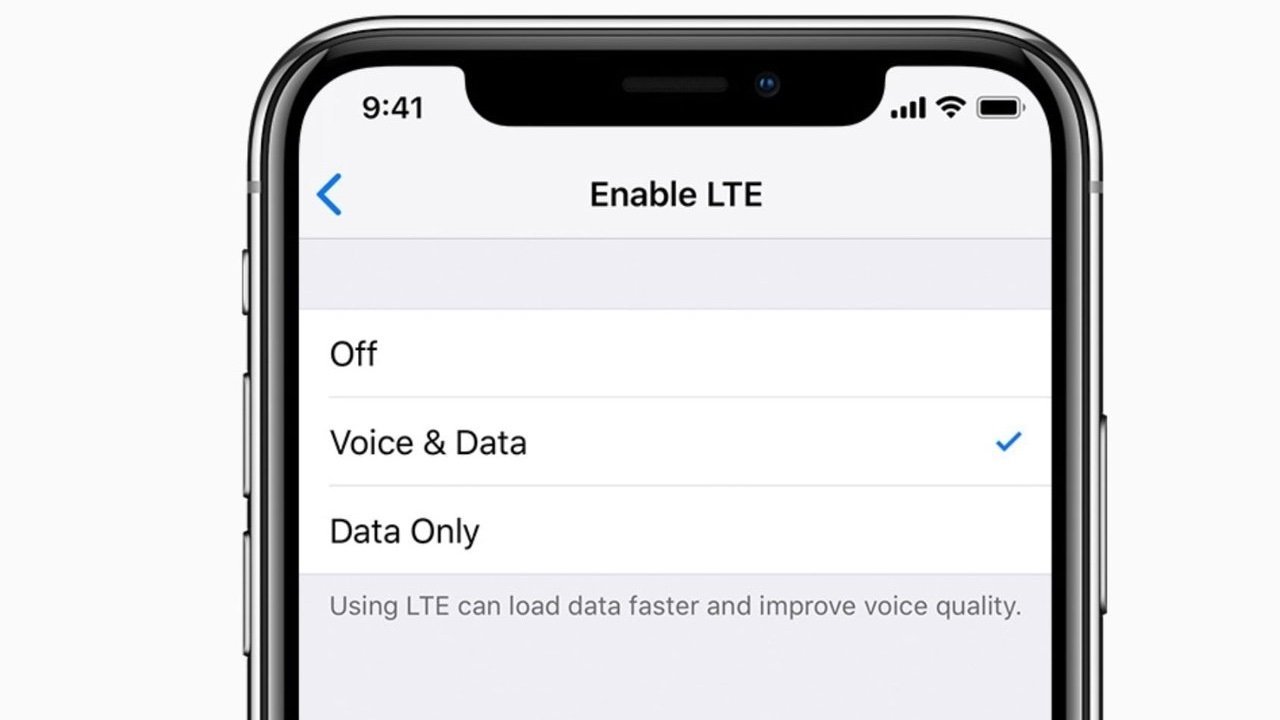

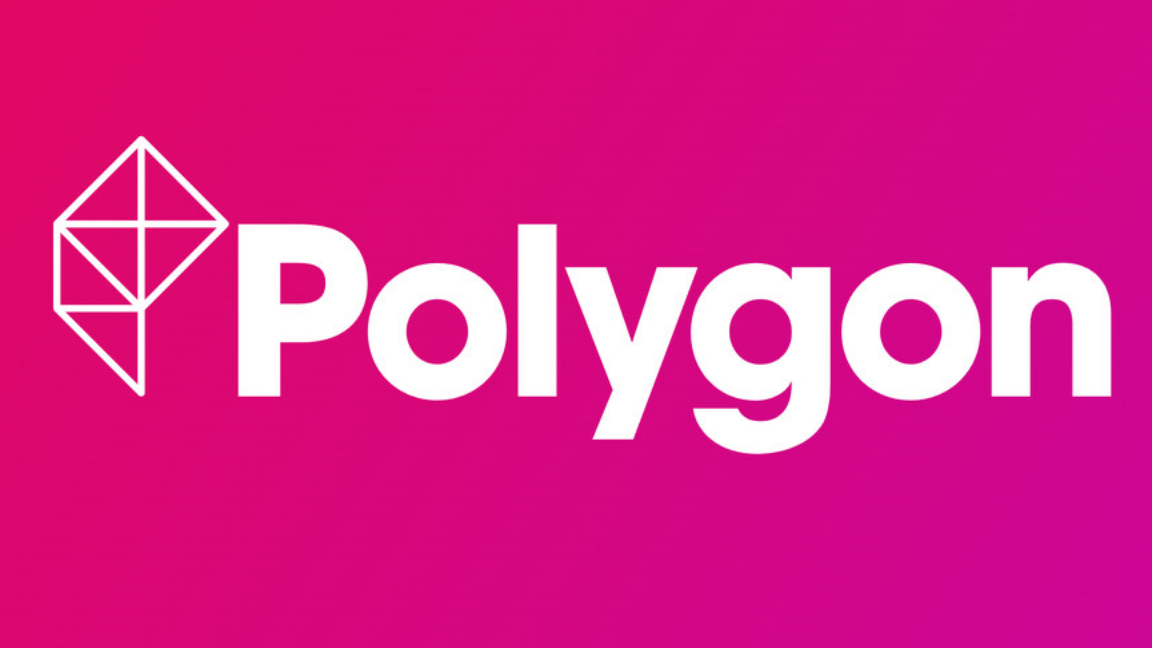





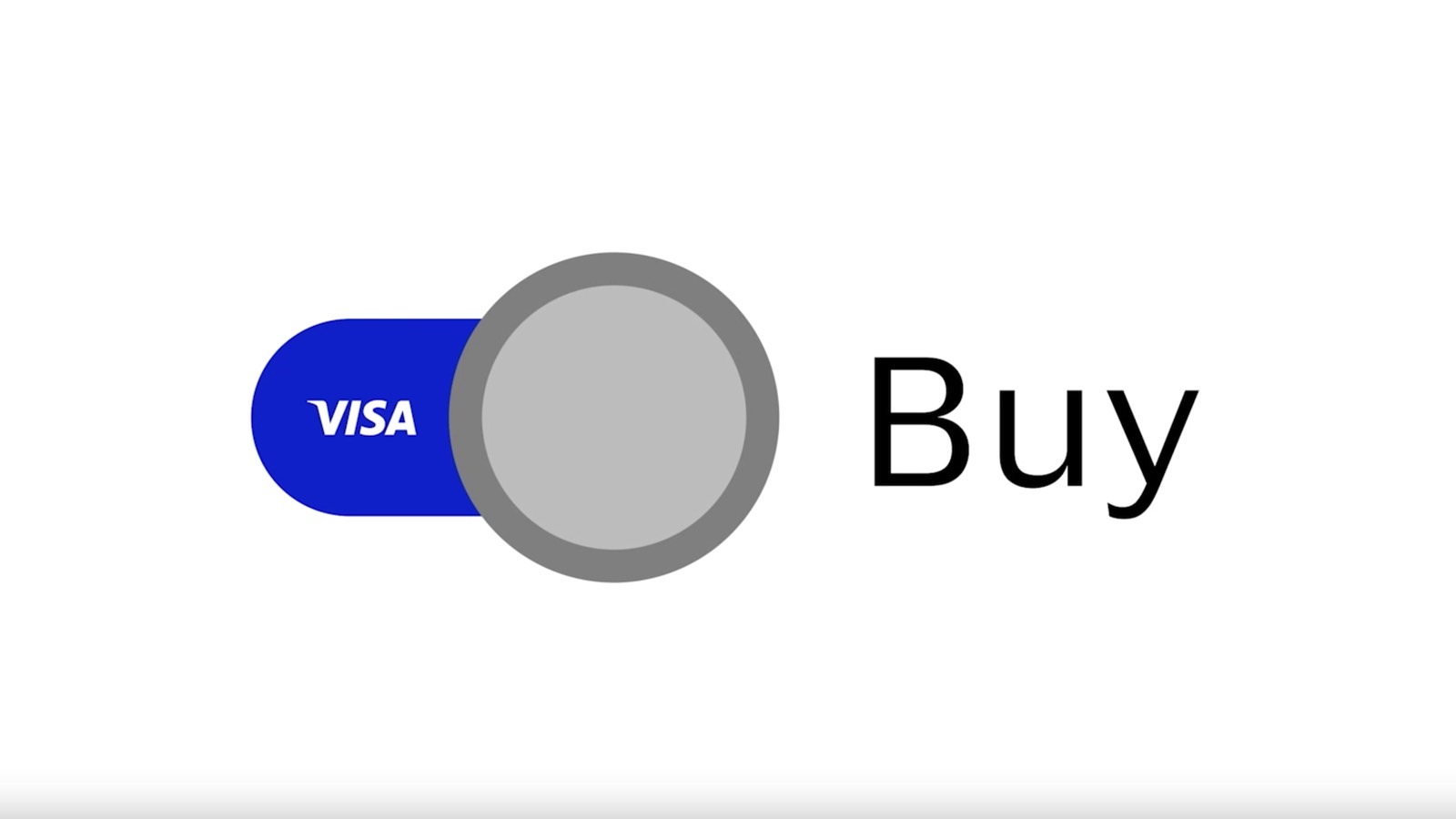








































































_Andreas_Prott_Alamy.jpg?width=1280&auto=webp&quality=80&disable=upscale#)




























































































































![[The AI Show Episode 145]: OpenAI Releases o3 and o4-mini, AI Is Causing “Quiet Layoffs,” Executive Order on Youth AI Education & GPT-4o’s Controversial Update](https://www.marketingaiinstitute.com/hubfs/ep%20145%20cover.png)



































































































































































![[DEALS] Mail Backup X Individual Edition: Lifetime Subscription (72% off) & Other Deals Up To 98% Off – Offers End Soon!](https://www.javacodegeeks.com/wp-content/uploads/2012/12/jcg-logo.jpg)

































































































